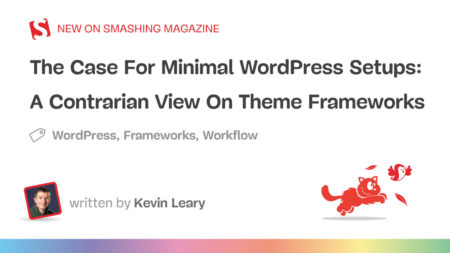When we talk about the pillars of observability, the conversation usually revolves around M.E.L.T—Metrics, Events, Logs, and Traces. But while this defines what our observability stack does, it overlooks a crucial question: how does it work?
The “how” matters because observability isn’t just a toolset—it’s a journey. The way we approach it will shape our long-term success in troubleshooting, developer experience, velocity, and ultimately the entire product lifecycle.
In this article, we’ll explore what a modern observability should look like. And like any transformative approach, it deserves its own name. Introducing the B.O.S.S paradigm—Bring your own cloud, One-Stop Shop, Standardized, and Self-Reliant—our vision for how observability should be done today.
BYOC
Bring Your Own Cloud (BYOC) lets customers run SaaS applications on their own cloud infrastructure, combining the ease of SaaS with the control and cost efficiency of self-hosting.
The Problem(s) with traditional SaaS
Traditional SaaS faces two fundamental challenges across AI, observability, and basically anything else that relies heavily on data:
- Broken Ingestion-Based Pricing:
- Inflated: Vendors charge hidden markups on data ingestion, driving hyperinflation in SaaS costs.
- Unpredictable: Data volume fluctuates, making budgeting nearly impossible.
- Unmanageable: Companies waste effort filtering data just to control costs, often sacrificing valuable insights.To put it simply – The traditional SaaS O11y stacks forces you to give up on monitoring data you worked hard on exposing.
- Data Control and Access Limitations:
- Security Blind Spots: Sensitive data resides on third-party infrastructure, beyond full governance.
- Compliance Risks: Your compliance is only as strong as your least secure vendor.
- Restricted access: Businesses lose flexibility in using their own data, impacting AI/ML and internal tooling.
Why BYOC is the next evolution of SaaS
- Sustainable cost model: Pay for your own infrastructure + a transparent fee.
- Data Sovereignty: Full control over data location and governance.
- Security Compliance: Easier alignment with regulations and policies.
- Performance Control: Tailor infrastructure to your needs
BYOC isn’t just an alternative—it’s SaaS 2.0.
One-Stop-Shop
Metrics, logs, and traces have evolved at different speeds, in different eras, and across diverse ecosystems. The result? A fragmented market filled with tools that don’t always integrate well, splitting inherently connected data across multiple systems.
This has led to what we call the “10-tab o11y stack”—where investigating an issue means jumping between endless browser tabs just to piece everything together. A modern observability stack shouldn’t just be unified—it must reveal the relationships between data points.
Standardized
The observability landscape is evolving at breakneck speed—yesterday’s niche tools are today’s industry standards, and what once seemed like a luxury is now a necessity.
Staying ahead means embracing change, and that starts with committing to open, standardized ways of transmitting data. Proprietary SDKs and vendor-specific protocols might offer short-term perks, but they come at a cost—locking you in and making future evolution painful. And in observability, the future comes fast.
The answer? Go all in on open, industry-standard protocols and SDKs. This keeps your team agile, ready to adopt innovations from anywhere, and spares you from painful migrations down the road. More than that, it means your contributions don’t just benefit your company—they help push the entire observability ecosystem forward.
Self-Reliant
Whether it’s safety, visibility, simplicity, or raw performance—eBPF isn’t just powerful, it’s a game-changer. But beyond its zero-effort benefits, eBPF brings a revolutionary shift to observability: it frees the monitoring stack from the workloads it observes, making it truly self-reliant.
This is more than just a technical advantage—it’s a paradigm shift. Traditional monitoring forces developers to predict where issues might arise and manually instrument code. A modern observability stack doesn’t wait—it proactively generates the insights you need, without anyone lifting a finger.
It doesn’t matter if you’re running legacy systems, cutting-edge apps, or constantly evolving workloads. With a self-reliant observability stack, you’re not just keeping up—you’re staying ahead, ready for whatever comes next.
Final Thoughts
We’re deep into an era of overload—and traditional methods just can’t keep up.
Data overload: There’s more data than ever, but without a new approach, its full potential remains untapped.
Software overload: The sheer scale and complexity of modern software make ensuring its reliability an uphill battle.
AI will likely be the key to conquering data overload, but when it comes to software overload, we believe the answer lies in the B.O.S.S pillars—the foundation guiding the future of observability.
KubeCon + CloudNativeCon EU 2025 is coming to London from April 1-4, bringing together cloud-native professionals, developers, and industry leaders for an exciting week of innovation, collaboration, and learning. Don’t miss your chance to be part of the premier conference for Kubernetes and cloud-native technologies. Secure your spot today by registering now! Learn more and register here.
The post O11y like a B.O.S.S – The modern observability stack appeared first on SD Times.
Source: Read MoreÂ



